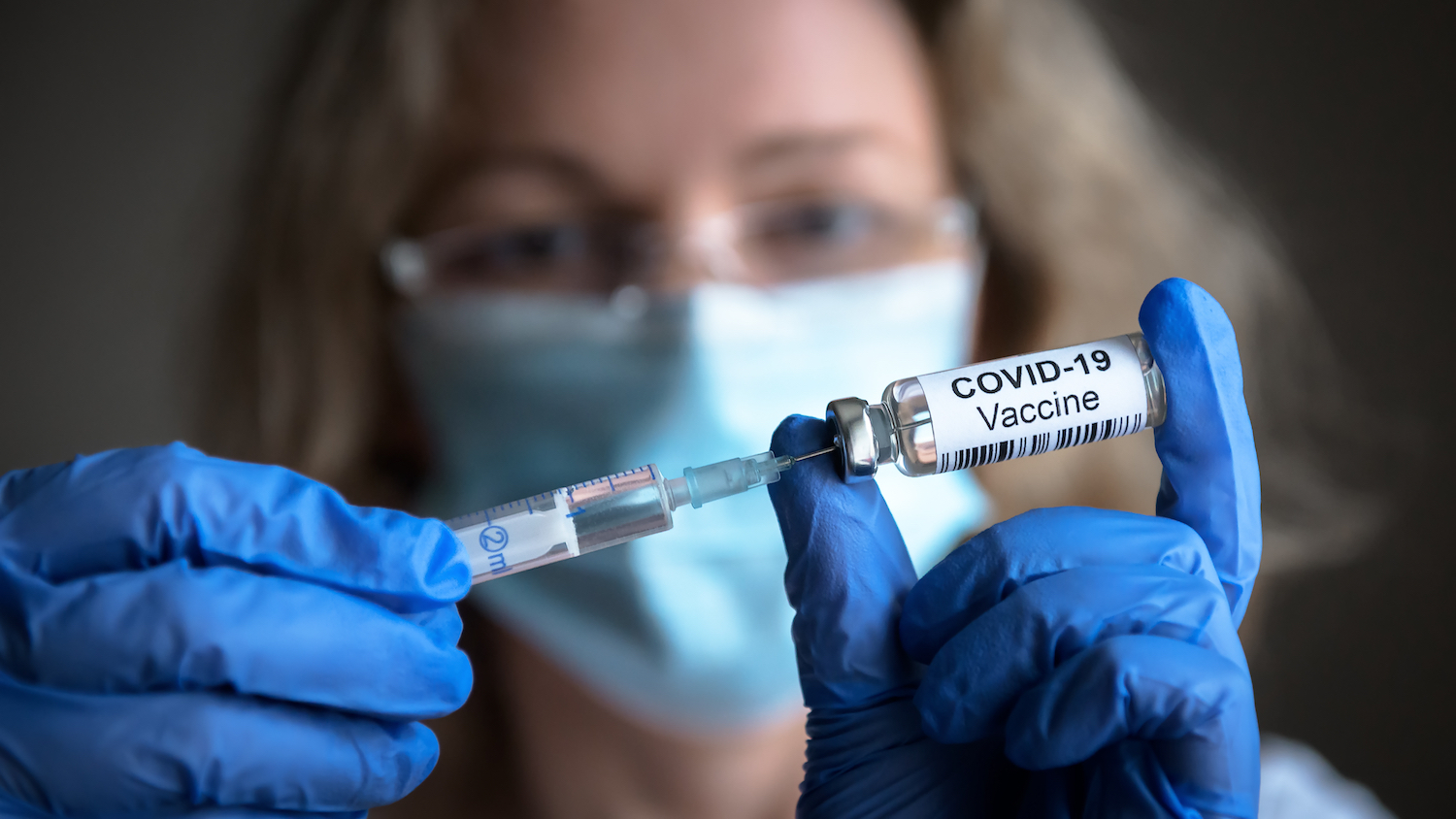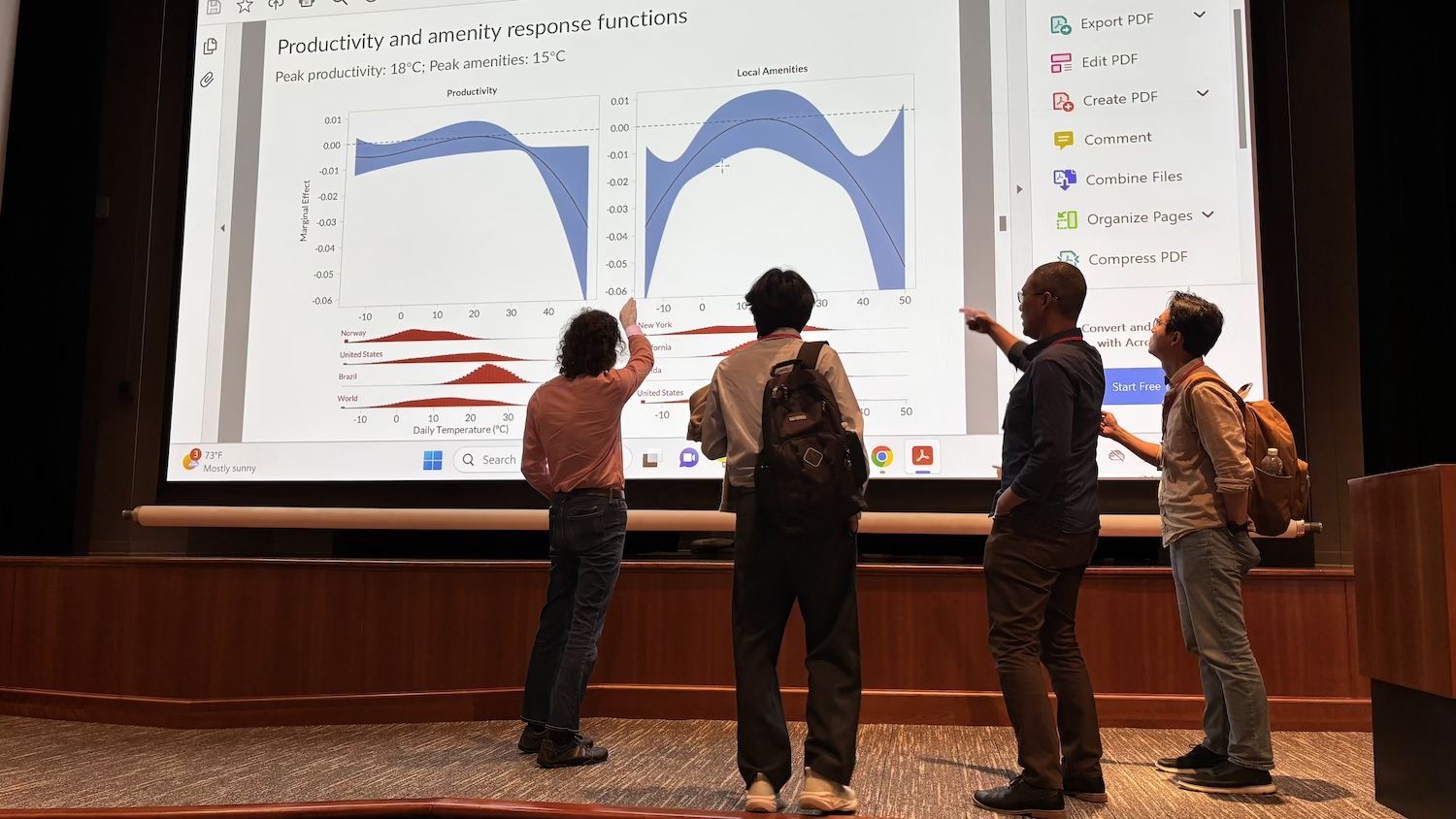Prescriptions For an Imperfect Vaccine Market
A 2023 paper co-authored by Poole College scholar Filomena Garcia suggests subsidies for producers and consumers.

In the market for new vaccines, a handful of profit-seeking manufacturers have powerful incentives to keep prices high. And consumers, who may doubt vaccine safety or depend on the immunity of others, have relatively little incentive to get that jab.
What’s a policymaker interested in preserving public health to do?
That’s the question Poole College economist Filomena Garcia and two peers took on in “First-Best Health Policy in Vaccine Markets With Health and Network Externalities,” a 2023 paper published in the Journal of Public Economic Theory.
Two significant dynamics drive inefficiency in the vaccine market. On the supply side, the oligopolic structure of the market limits competition that might otherwise drive down prices. Only a few large drug makers have the resources to develop, test and market vaccines when potential pandemics emerge.
On the consumer side, a mixture of negative network effects and rising vaccine skepticism drives down demand for vaccines. As more people get vaccinated, their collective immunity protects people who don’t, reducing the incentive for the unvaccinated to get vaxxed.

“If we have a vaccine market with these imperfections, how should the government react?” said Garcia, an associate professor of economics. “The spread of a virus brings a loss of welfare for a society, so the government should care for the disease not to spread.”
Government subsidies to both producers and consumers is the solution, Garcia and co-authors Rabah Amir of the University of Iowa and Irina Topolyan of the University of Cincinnati found. To counteract the effects of market concentration, they wrote, subsidies to vaccine makers would need to be so large that the price to consumers would actually be negative—people would receive a reward for getting vaccinated.
“Without resorting to such negative prices, the first‐best outcome may not be attainable,” the paper concludes.
Garcia recently discussed the origins of the study, its applicability to specific vaccines and viruses, and its implications for policymakers:
What made this topic interesting to you?
This project started during the pandemic. That was a period in which pharmaceutical companies were coming up with the vaccine for Covid-19, although our paper is more general than just for Covid.
What we expect in our oligopolistic market is high prices for this sort of vaccine. At the time, there was a little bit of uncertainty about whether insurance companies were going to pay for the vaccine, so the question of price was a very important issue.
What we show is that you need to use two subsidies: one to try to bring prices down and increase quantity on the product side and one to give something extra to citizens, who have these negative externalities going on.
Do your findings apply equally to the regular vaccines we get at certain ages, or just to one for a rapidly emerging virus like Covid?
This is more applicable to newer vaccines. The reason for that is the market. The market power on older vaccines is lower because they have been established in the market. There’s more producers. Some of them don’t have patents anymore, so you can even have generic brands of the vaccines. So, we do not see the market power that exists for new vaccines.
The flu vaccine is a specific case. Since the flu mutates every year, a new vaccine needs to be created. That’s one where there’s more competition from the pharmaceutical companies to come up with the vaccine for a given year. But with more established vaccines that we all get, like measles/mumps/rubella or hepatitis B, the problem of market power has been solved by natural market forces.
It seems like bird flu may be the next emerging virus that demands a vaccine. Would your findings apply there?
I’d say so because there’s still investment needed to create the vaccine. Only the big pharmaceutical companies have that ability to invest in that sort of newer vaccine.
What effect do you hope this research has on policymakers and the pharmaceutical industry?
I’d like it to be understood that negative network effects play an important role in why people do not want to get vaccinated. It’s important to overcome that vaccine hesitancy. If we don’t take into consideration that the negative network effects are there, we’re not going to be able to achieve the vaccination rates that we need.
And in the current world, I think we are creating more vaccine hesitancy. People may accept the idea that “if others get vaccinated, then I don’t have to,” right? It’s harder to convey the idea of this public good, and you need to do that so everyone is protected.
So, that’s what I’d like to get out there, that there are ways that the government is able to influence how citizens react to vaccines. There are monetary policies that can be used, or promotion campaigns either through traditional channels or through influencers, but investment is needed from the part of the government.
If government doesn’t invest in increasing vaccination rates, does it fall to industry to fill the gap?
That’s an open question. The pharmaceutical companies’ role in the market is to maximize profits, so I wouldn’t expect them to lower prices for a vaccine. But if demand for a vaccine was depressed due to network effects, that might lead to a company doing something to increase it.


